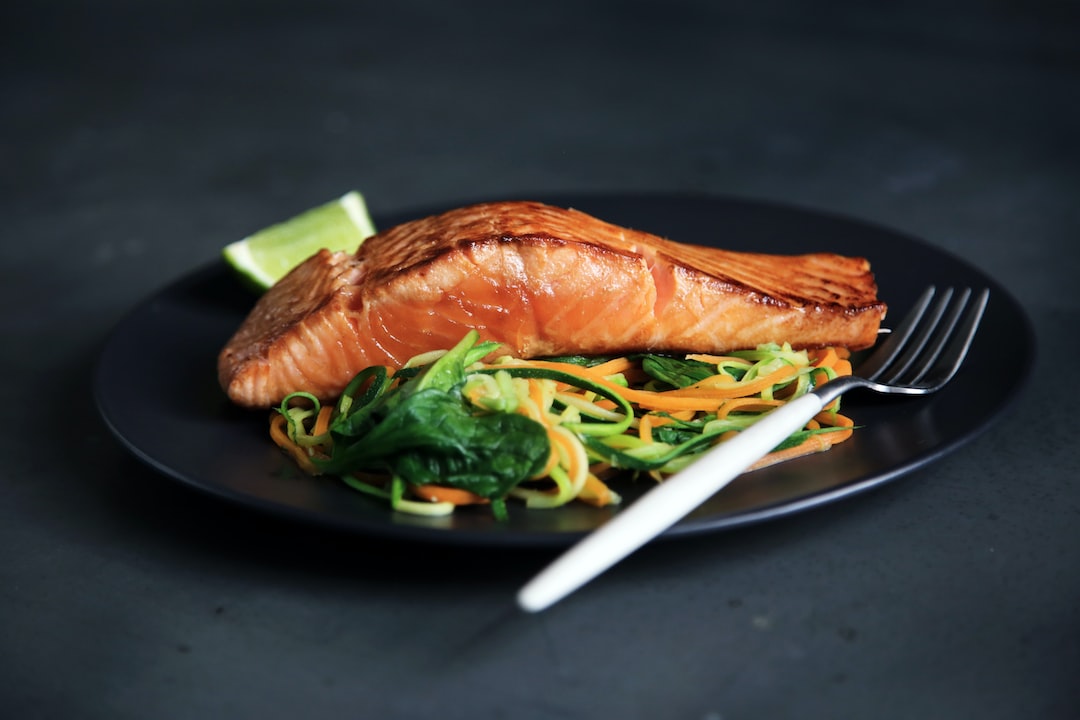Food for Thought: Discover the Science Behind Flavor Pairings
Food is a universal language that connects people across cultures and brings joy to our lives. Have you ever wondered why certain flavors taste so good together, while others don’t? The science behind flavor pairings is a fascinating topic that explores how certain combinations of ingredients enhance each other’s taste and create a harmonious flavor profile. So, let’s dive into the world of food science and discover the secrets behind your favorite flavor combinations!
The concept of flavor pairing is based on the principle that certain compounds in food interact with each other, resulting in a unique taste experience. These compounds can be flavors, aromas, or even textures. By understanding these interactions, we can create dishes that are not only delicious but also scientifically optimized to please our taste buds.
One of the most well-known flavor pairings is sweet and salty. Have you ever had chocolate-covered pretzels or salted caramel? The combination of sweet and salty creates a perfect balance and enhances the overall flavor. This pairing works because the saltiness helps to amplify the sweetness, making it more pronounced. Additionally, the contrast in flavors adds complexity to the dish, making it more satisfying.
Another fascinating flavor combination is sour and sweet. Think about biting into a juicy lemon meringue pie or a tangy salsa with a hint of sweetness. The acidity from the sour ingredients enhances the sweetness, creating a complex and refreshing flavor profile. This pairing is often used in desserts and savory dishes alike, as it adds a delightful twist to the overall taste experience.
Spicy and cooling flavors are also an intriguing pair. Take, for example, a spicy Thai curry topped with a dollop of cooling coconut milk. The heat from spices like chili peppers is balanced by the creaminess and mild flavor of the coconut milk. This unique combination creates a well-rounded dish that stimulates your taste buds without overwhelming them. The science behind this pairing lies in the fact that capsaicin, the compound responsible for spiciness, is fat-soluble. By consuming something like coconut milk, which contains fat, the heat is mellowed out, leaving behind a pleasant sensation.
Combining herbs and citrus is yet another example of flavor pairing at its best. Imagine a fresh salad with a drizzle of lemon vinaigrette and a sprinkle of fragrant herbs like basil or mint. The acidity of the lemon enhances the flavors of the herbs, while the herbs add brightness and depth to the citrusy dressing. This combination not only creates a harmonious taste but also delivers a refreshing and invigorating experience.
The science behind flavor pairings doesn’t stop at the taste alone; texture plays a significant role as well. The interplay of crunchy and creamy textures can elevate a dish to a whole new level. Think about biting into a crispy fried chicken sandwich with a creamy coleslaw. The contrasting textures create an enjoyable sensory experience that keeps your palate engaged. This dynamic pairing is all about balance and variety, providing a delightful mouthfeel that keeps you coming back for more.
In conclusion, the science behind flavor pairings is an intricate and fascinating subject. By understanding the interactions between different ingredients, we can create dishes that satisfy not only our taste buds but also our desire for a captivating dining experience. Whether it’s the balance between sweet and salty, the refreshing combination of sour and sweet, or the interplay of spicy and cooling flavors, these pairings offer a world of culinary possibilities. So, next time you’re in the kitchen experimenting with flavors, remember that there is a scientific explanation behind each delightful combination that tantalizes your taste buds.

